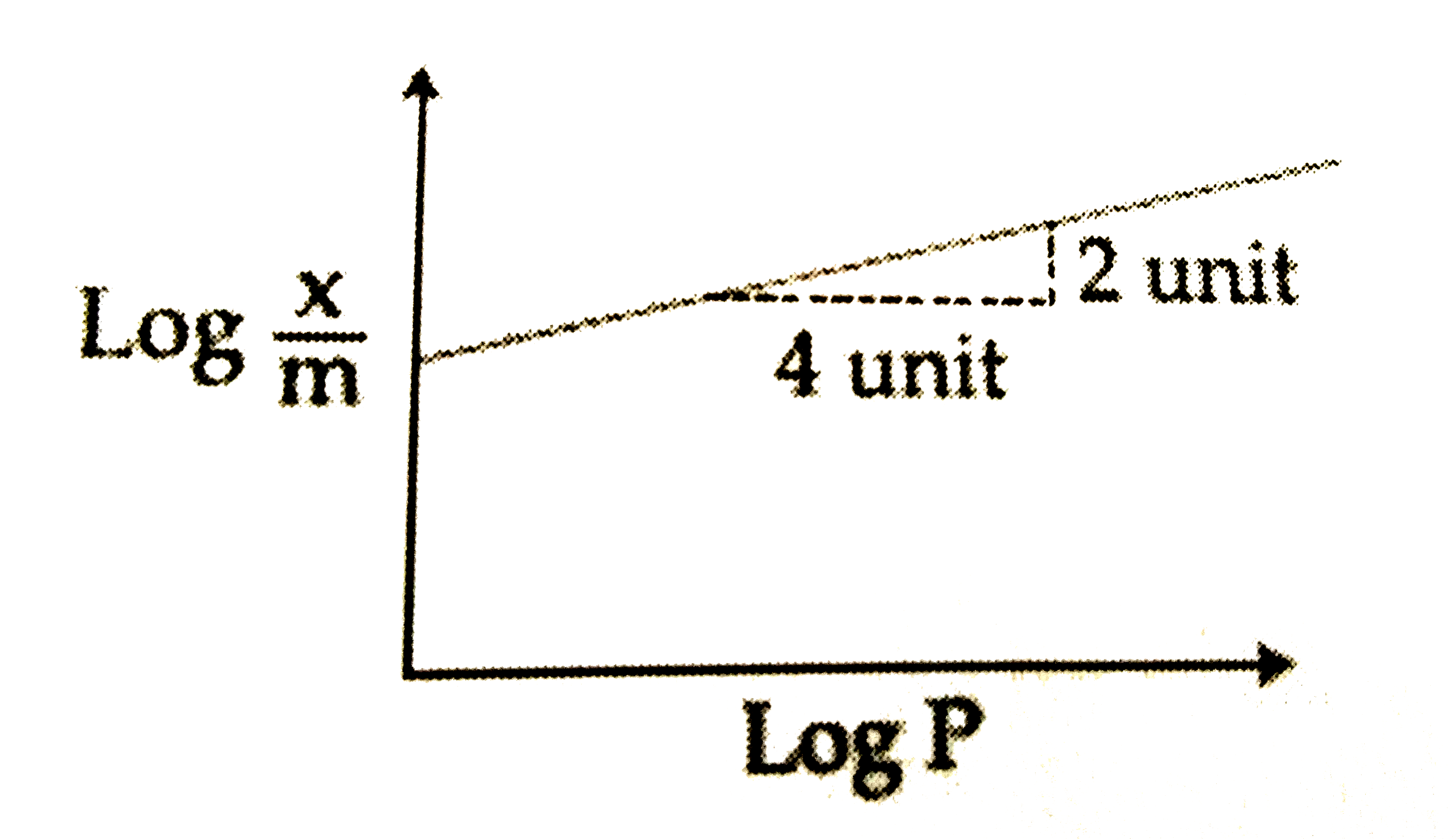The adsorption isotherm for a gas is given by the relation x=ap/(1+bp) where x is mole of gas adsorbed per gram of the adsorbent, p is the pressure of the gas, and a and b are constants. Then x
Increases with p
Remains unchanged with p
Decreases with p
Increases with p at low pressures and then remains the same at high pressure
The correct Answer is:D
Properties of ionic solid
Similar Questions
Knowledge Check
Amount of gas adsorbed per gram of adsorbent increases with pressure, but after a certain limit is reached, adsorption becomes constant. It is where
AMultilayers are formedBDesorption takes placeCTemperature is increasedDAdsorption also startAdsorption of gas follows Freundlich adsorption isotherm. If x is the mass of the gas adsorbed on mass m of the adsrobent , the correct plot of xm versus p is :
A B
B C
C D
D
An adsorption isotherm equation proposed by Langmuir is of the form V=V0bPO(1+bP) where V is the volume of gas adsorbed at pressure P. For a given adsorbate/adsorbent system, V0 and b are constants. The dependence of V on P can be depicted as
A B
B C
C D
D
A graph between the amount of gas adsorbed per gram of the absorbent and equilibrium pressure of the adsorbate at constant temperature is called ................. .
View SolutionDefine adsorption isotherm. Give the empirical relationship between the quantity of gas adsorbed by unit mass of solid absorbent and pressure at a particular temperature.
View SolutionAdsorption of gas follows Freundlich adsorption isotherm. If x is the mass of the gas adsorbed on mass m of the adsrobent , the correct plot of xm versus p is :
View SolutionThe amount of heat evolced when one mole of the gas is adsorbed on the surface of an adsorbent, is called -
View SolutionAdsorption of a gas follows Freundlich adsorption isotherm. In the given plot,x is the mass of the gas adsorbed on mass m of the adsorbent at pressure P. xm is proportional to:

View Solution